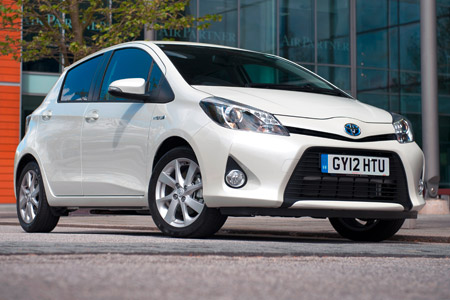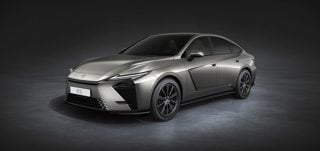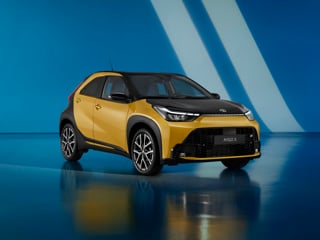Review
The number of hybrid B-segment cars on sale has now doubled thanks to the arrival of the Yaris Hybrid, a dual-power version of Toyota’s small car, which first appeared in 2011.
Repackaging a downsized version of the hybrid system already seen in the Auris gives the Yaris a key advantage over diesel-powered high economy rivals and provides extra choice in the marketplace.
Toyota has dwnsized the 1.8-litre petrol it uses in its other hybrids to a 1.5-litre in the Yaris, while the electric motor and inverter are also reduced in size and weight.
The fuel tank and downsized battery pack are located beneath the rear seat to give the same boot space as non-hybrid Yaris models while the transaxle is also smaller, saving 40 kg over the comparable Auris Hybrid powertrain.
All this combines to produce fuel efficiency of 80.7mpg. This translates to a fuel cost of just 7.63p per mile – yet the 1.5-litre petrol engine means that Yaris drivers can reclaim business fuel at 18ppm on the Advisory Fuel Rate.
The total system output is 98bhp to deliver a top speed of 103mph and 0-62mph in 11.8 seconds – comparable with the 1.33-litre petrol model.
Significant engineering work means that, from the inside at least, there is very little to distinguish the hybrid Yaris from its conventional siblings.
The revised instrument cluster has a hybrid energy monitor in place of the rev counter to encourage efficient driving, while the instruments themselves are chrome-ringed with blue and white illumination.
There are a few unique trim details too, such as grey sections on the door trims and blue-stitched leather on high-specification models. The gearlever is also finished – rather cheaply, however – with a blue plastic top.
The changes to the exterior are more successful, with the Yaris Hybrid gaining a new front-end design to integrate the increase of 20mm in overall length.
A larger lower grille and slimmer upper grille bring more personality to the front end, while there are unique headlights with LED daytime running lights too.
Driving the Yaris Hybrid is a largely stress-free experience. With eco mode engaged, it runs on electric power only whenever possible for up to 1.2 miles.
This silent running does help to create a relaxing driving experience at city speeds, with the system able to operate up to 31mph with petrol power. The combustion engine kicks in smoothly when required, although meaningful acceleration does lead the engine to rev due to the CVT gearbox.
The extra weight of the hybrid system doesn’t affect the driving experience, although it is designed to be easy to drive above all else; the suspension is relatively soft and the steering is consistent but numb.
By Matt Joy
Specs
| Manufacturer | Toyota |
| Model | Yaris |
| Specification | |
| Model Year | 0.00 |
| Annual VED (Road tax) | £0 |
| BIK List Price | £14,940 |
| CO2 | 79g/km |
| BIK Percentage | 10% |
| Insurance Group | N/A |
| CC | N/A |
| Fuel Type | Petrol Hybrid |
| Vehicle Type | |
| Luggage capacity (Seats up) | N/A |
Running Costs
| P11D | £14,940 |
| Insurance group | N/A |
| Fuel Type | Petrol Hybrid |
| Cost per mile | 0.00ppm |
| Fuel | 0.00ppm |
| Depreciation | 0.00ppm |
| Service maintenance and repair | 0.00ppm |
Info at a glance
-
P11D Price
£14,940
-
MPG
80.7 -
CO2 Emissions
79g/km -
BIK %
10% -
Running cost
3 Year 60k : N/A 4 Year 80k : £4,075 -
Fuel Type
Petrol Hybrid



















Login to comment
Comments
No comments have been made yet.